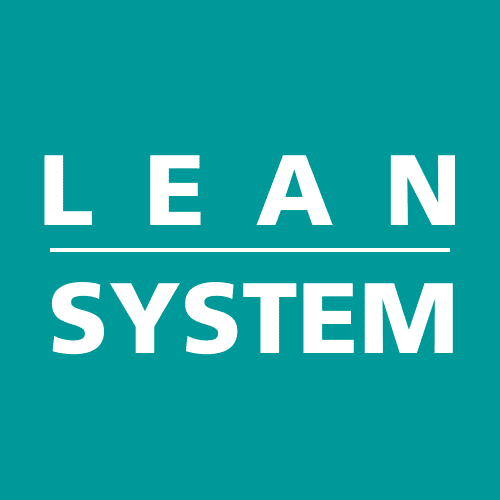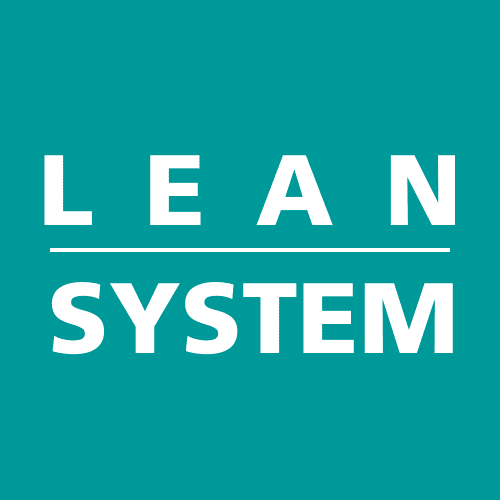In today's workplace, safety should always be a top priority. That's why ISO 45001, the international standard for occupational health and safety management systems, puts such a strong emphasis on planning, risks, and opportunities. By taking a proactive approach to safety and considering potential risks and opportunities, organizations can create a safer and more efficient workplace.
Effective planning is critical for ensuring occupational safety and improving workplace efficiency. By anticipating potential risks and planning for how to manage them, organizations can minimize the likelihood of incidents and their impact. This, in turn, leads to a safer working environment and increased productivity. ISO 45001's Clause 6 outlines the importance of planning and provides a framework for organizations to adopt.
Another critical aspect of occupational safety is risk assessment and management. ISO 45001 establishes a comprehensive process for identifying, evaluating, and controlling risks in the workplace. By following this process, organizations can proactively address potential safety hazards and implement appropriate control measures. This helps to minimize the risk of accidents and other incidents.
Finally, ISO 45001 identifies the management of opportunities as a key element of occupational safety and workplace efficiency. By identifying potential areas for improvement and implementing proactive measures, organizations can enhance their safety performance and maximize their operational effectiveness. This, in turn, leads to a more productive and successful workplace.
In the following sections, we will explore each of these concepts in more detail, starting with risk assessment and management in ISO 45001. Join us as we delve into the intricacies of planning, risks, and opportunities in the context of occupational safety and health management.
Risk Assessment and Management in ISO 45001
ISO 45001 emphasizes the importance of risk assessment in ensuring occupational safety and health. The risk assessment process involves four critical steps: risk identification, evaluation, control, and review.
Risk identification is the first step in the process of risk assessment. The organization must identify all potential hazards and associated risks that may arise due to its operations or activities. This step requires a comprehensive and systematic approach, which involves reviewing the entire workplace to identify possible hazards, including unsafe work procedures, chemicals, equipment, and environmental factors.
Risk evaluation is the second step, which involves assessing each identified risk's significance. Risk evaluation determines the probability of the risk occurring and the potential severity of its consequences. This step helps organizations prioritize risks, allowing them to channel their resources to those that pose the most significant threat to employee safety and health.
Risk control is the third step, in which an organization develops and implements measures to control the risks. These measures include identifying suitable control measures, implementing them, and monitoring their effectiveness. Control measures include engineering controls, administrative controls, and personal protective equipment.
Risk review is the final step in the process of risk assessment, which involves continuous monitoring and review of the effectiveness of the control measures. This step ensures that the measures remain effective in controlling the associated risks and that they do not create new hazards.
https://www.youtube.com/watch?v=0LiBs43qPKw
In conclusion, risk assessment is a continuous process that helps organizations maintain an effective occupational safety and health management system. By identifying, evaluating, controlling, and reviewing risks, organizations can ensure a safe working environment for their employees, reducing the likelihood of accidents and injuries.
Managing Opportunities for Occupational Safety and Efficiency
Opportunity management is a crucial component of ISO 45001's Clause 6. By identifying and managing opportunities for improving occupational safety and enhancing workplace efficiency, organizations can achieve significant benefits and drive continuous improvement.
One way to manage opportunities is by conducting regular audits and inspections to identify potential areas for improvement. Organizations can then develop action plans to implement proactive measures that maximize benefits and reduce risks.
Another important aspect of opportunity management is employee participation and engagement. By encouraging employees to provide feedback and suggestions, organizations can tap into their collective expertise and insights, generating valuable ideas and improvements.

The implementation of new technologies and processes can also create opportunities for improving occupational safety and efficiency. For example, the adoption of automation and robotics can reduce the physical strain on employees, while digital platforms and tools can streamline communication and information sharing.
"Organizations that proactively manage opportunities can achieve significant benefits, including improved safety performance, enhanced productivity, and reduced costs."
In conclusion, by embracing opportunity management, organizations can enhance their safety performance and drive overall operational effectiveness. By leveraging best practices outlined in ISO 45001's Clause 6, organizations can achieve compliance and reap the associated benefits, including reduced accidents and improved employee well-being.
Conclusion
ISO 45001's Clause 6 is crucial in ensuring occupational safety and improving workplace efficiency. Effective planning for potential risks and opportunities is essential in creating a proactive safety culture and driving continuous improvement.
By implementing the principles of ISO 45001, organizations can reduce accidents, increase employee well-being, and create a more productive work environment. Prioritizing the management of risks and opportunities can help organizations achieve compliance with ISO 45001 and reap the associated benefits.
It is important for organizations to recognize the significance of planning, risks, and opportunities in promoting occupational safety and improving overall operational effectiveness. By embracing ISO 45001, organizations can demonstrate their commitment to employee safety and well-being, which can foster trust and loyalty from both employees and customers.
In conclusion, ISO 45001 provides a framework for organizations to manage occupational safety in an effective and proactive manner. By continuously assessing and managing risks and opportunities, organizations can achieve compliance with ISO 45001 and create a safer, healthier, and more efficient workplace.
FAQ
What is ISO 45001?
ISO 45001 is an international standard for occupational health and safety management systems. It provides a framework for organizations to proactively manage occupational safety, prevent work-related injuries and illnesses, and promote a safe working environment.
Why is effective planning important in ISO 45001?
Effective planning is crucial in ISO 45001 as it helps organizations identify potential hazards, assess risks, and develop strategies to control and minimize those risks. By planning effectively, organizations can ensure the health and safety of their workers and improve overall operational efficiency.
What is the process of risk assessment in ISO 45001?
The process of risk assessment in ISO 45001 involves identifying potential hazards, evaluating the significance of those hazards, and implementing appropriate control measures to mitigate the risks. This systematic approach helps organizations proactively manage occupational safety and reduce the likelihood of accidents or incidents.
How does ISO 45001 address opportunities for occupational safety and efficiency?
ISO 45001 encourages organizations to identify and manage opportunities for improving occupational safety and enhancing workplace efficiency. By recognizing potential areas for improvement and implementing proactive measures, organizations can not only enhance safety performance but also drive continuous improvement and achieve operational excellence.
What are the benefits of implementing ISO 45001?
Implementing ISO 45001 can lead to various benefits for organizations. These include reduced accidents, improved employee well-being, enhanced productivity, and increased confidence from stakeholders. ISO 45001 provides a globally recognized framework that helps organizations demonstrate their commitment to occupational health and safety.

